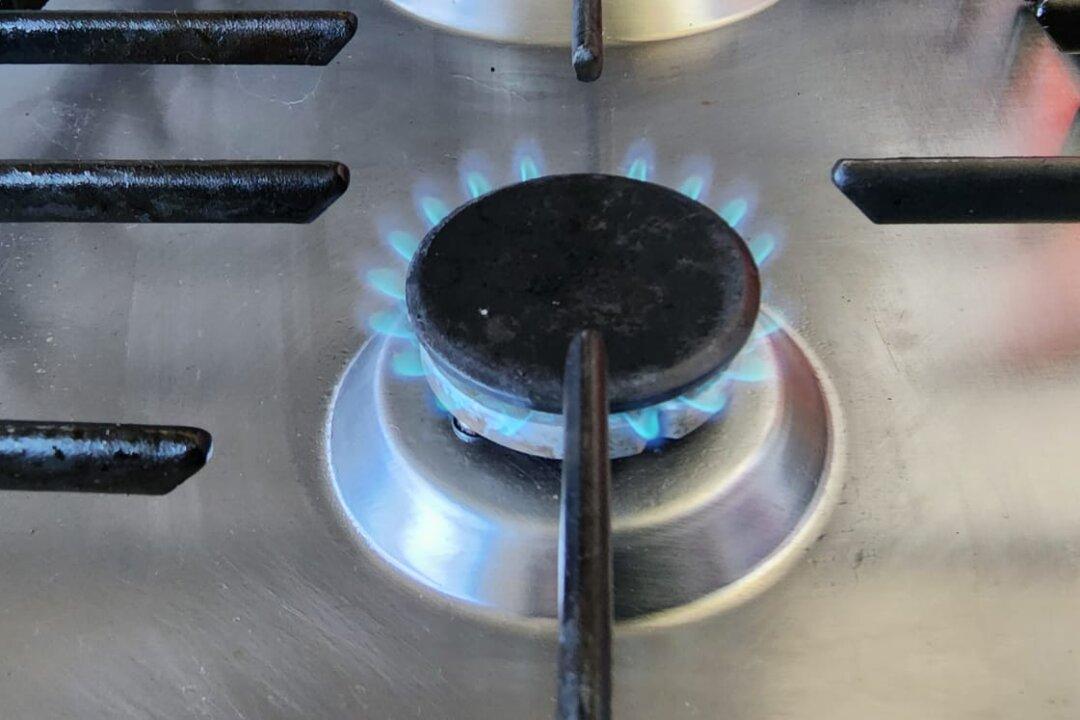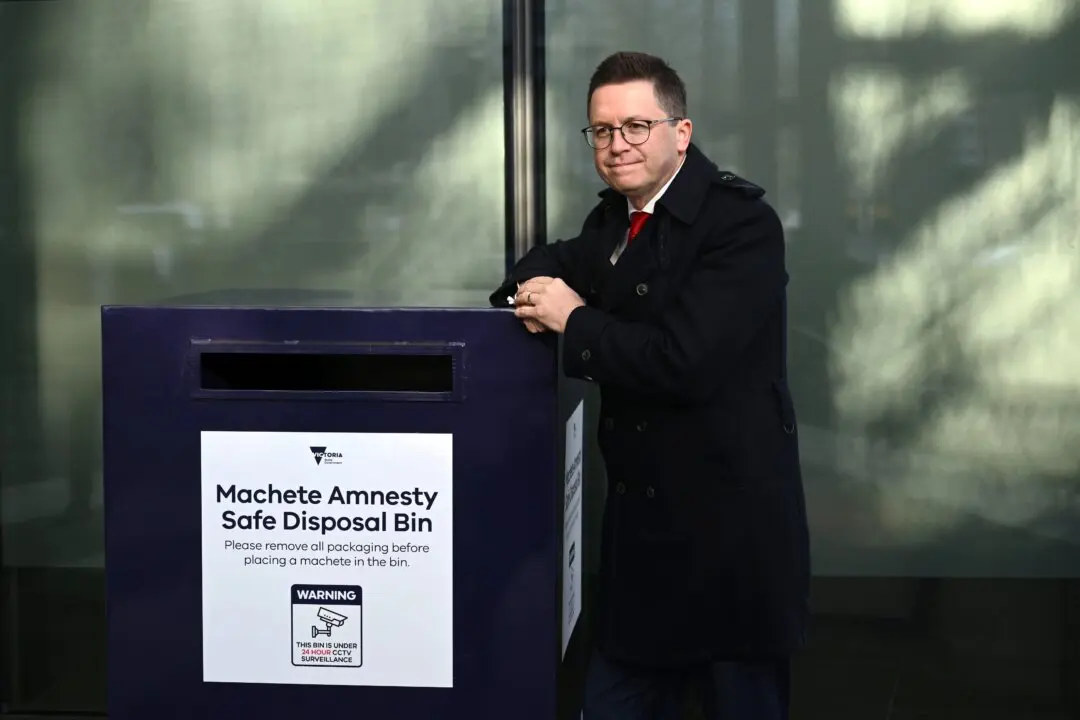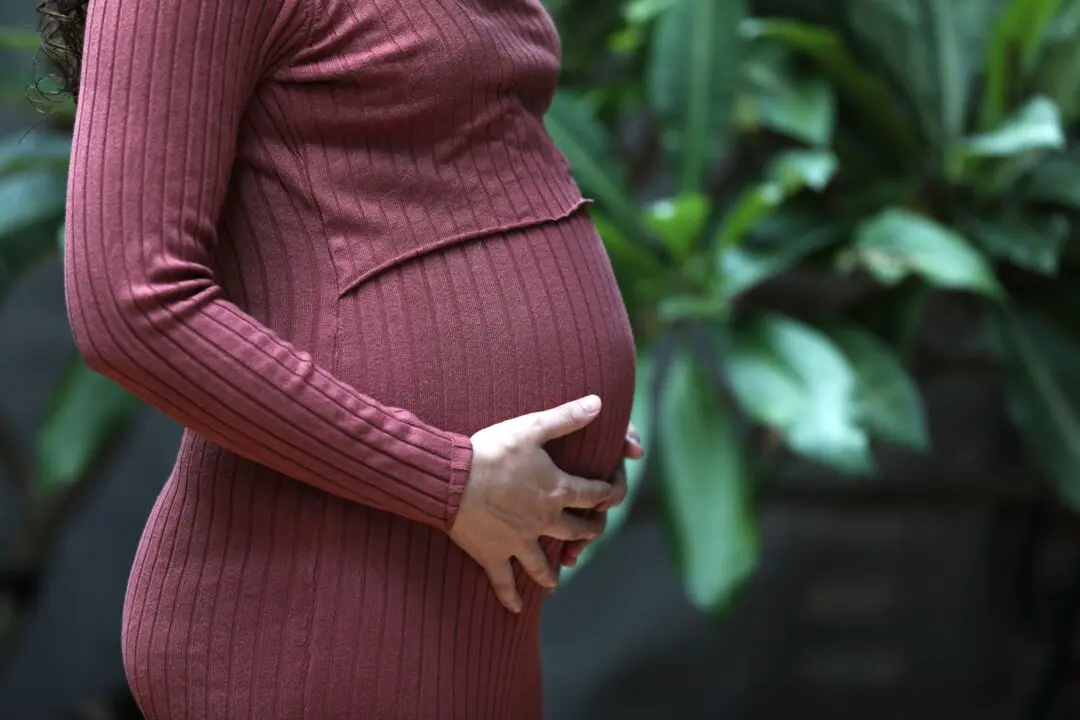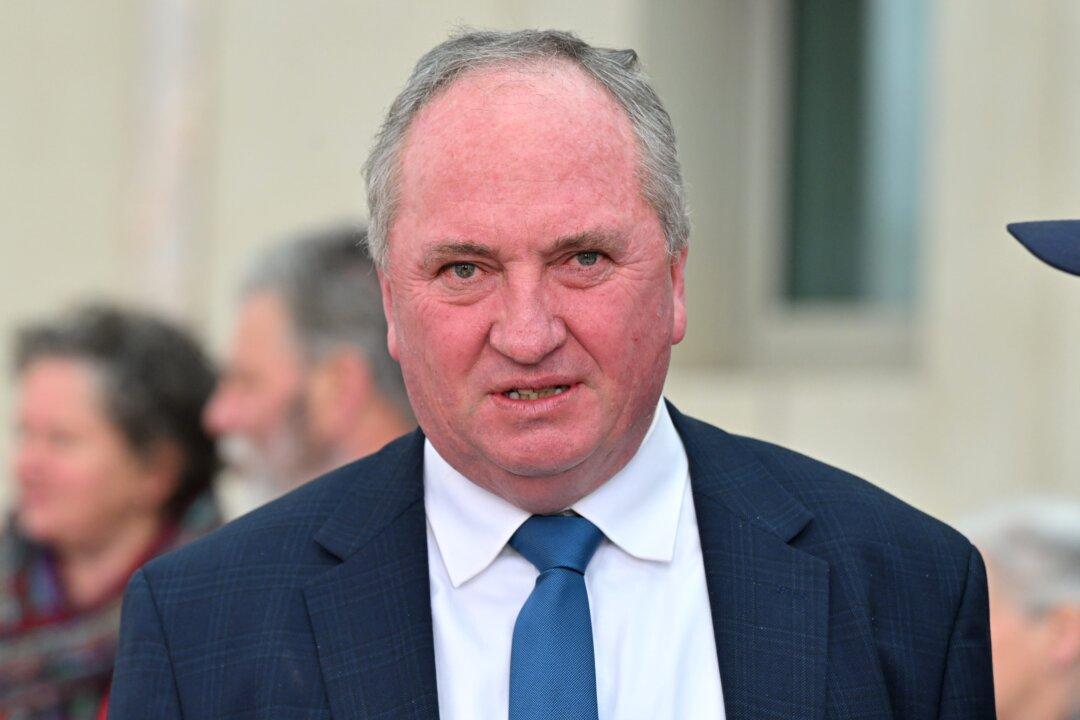It is a little-known fact that liquefied petroleum gas (LPG) is not included in Victoria’s natural gas (LNG) phaseouts, which means the clean, green gas will play a major role in Australia’s pathway towards net zero carbon emissions.
This is why Brett Heffernan, CEO of Gas Energy Australia, was optimistic about the potential of LPG in powering homes across the country.





